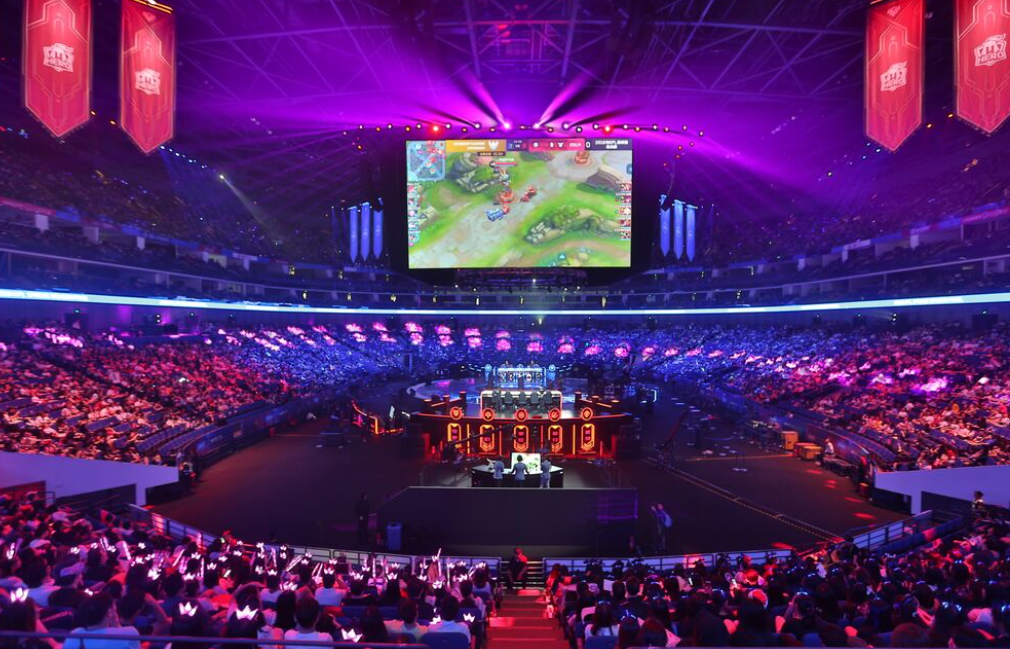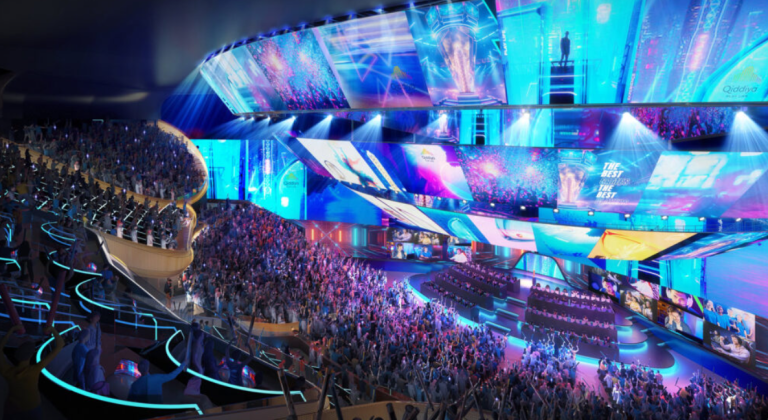
In the world of esports, technological innovation has always been the driving force behind rapid growth. Over the past few years, the rise of virtual reality (VR) and augmented reality (AR) technologies has begun to open up unprecedented possibilities for esports events. Compared to traditional broadcasts, these technologies not only enhance viewer immersion but also transform how players and audiences interact, making the esports experience feel more futuristic than ever.
Take, for example, a recent League of Legends tournament in Los Angeles where organizers experimented with AR technology during the live stream. Fans watching on their phones or tablets could see players’ virtual gear and real-time strategic layouts overlaid onto the gameplay, zooming in and out of battle details. This interactive visual experience deepened fans’ understanding of game tactics while adding a fun layer to viewing. Meanwhile, spectators at the venue wore VR headsets that placed them directly in the players’ perspective, allowing them to feel the intensity and excitement as if they were inside the match.
The real magic lies in breaking free from the constraints of a flat screen and building a multi-dimensional event space. Jason, a young pro player from a well-known esports club in the UK, shared his VR training routine. Using VR, he simulates tournament conditions, rehearses critical moves repeatedly, and even experiences the crowd’s cheers—all within a virtual environment. This method has significantly sharpened his reaction times and mental resilience. Jason admits that having “lived through” these sensory and auditory experiences beforehand helps him stay calm under the pressure of real international competitions.
Beyond training, VR and AR are making a splash in live broadcasts as well. Traditional esports streams usually consist of a 2D video feed with commentators. VR streams, on the other hand, let viewers choose their own viewpoints, placing them right in the middle of the arena to watch every crucial moment unfold from any angle. Imagine putting on a VR headset and not just passively watching but actively exploring the event, like being at a sports stadium. You could even interact with virtual teammates, discussing tactics in real-time. This new style of streaming transforms esports from a simple viewing experience into a fully immersive spectacle.
AR’s strength shines in overlaying real-time data and interactivity. In Seattle, an esports organizer developed a dedicated AR app that lets fans view player stats, skill cooldowns, and economic information directly on their screens during matches. This data seamlessly integrates with the broadcast visuals, making the event transparent and engaging. Even better, spectators can use hand gestures to navigate and dive deeper into stats that catch their interest. This enhanced layer of information brings fans closer to the action and heightens participation.
Of course, widespread adoption of VR and AR still faces hurdles. Device costs, technological reliability, and the complexity of producing high-quality content are major challenges. Many esports fans in Western countries are eager to try VR viewing, but expensive equipment and imperfect network conditions limit mass adoption. Moreover, event producers must invest significant effort to design and optimize VR/AR content to ensure a smooth and entertaining user experience—a big leap from traditional broadcast production.

That said, as hardware becomes more accessible and technology matures, these barriers will fade. The surge in remote viewing demand since the pandemic has accelerated the growth of immersive online experiences. Big entertainment players like Netflix and Disney+ are exploring VR content, setting examples that esports live streaming can follow. It’s easy to envision a future where esports events are no longer just games to watch but interactive, high-tech performances.
Speaking of interaction, AR also opens exciting doors for esports marketing. In Europe, a famous brand teamed up with an esports tournament to launch an AR-based campaign featuring virtual product try-ons and interactive ads. Fans could see branded logos during the match and “try on” virtual gear or character skins through AR, sparking strong buying impulses. This immersive marketing approach allows brands to connect deeply with younger audiences while creating new revenue streams for event organizers.
In summary, VR and AR are reshaping how esports is broadcast and experienced. From immersive viewing and rich data overlays to interactive marketing, these technologies inject fresh energy and possibilities into the scene. With ongoing improvements and expanded applications, VR and AR are poised to become essential drivers of the esports industry, bringing even more people into the heart-pounding thrill of competitive gaming.
![]()


